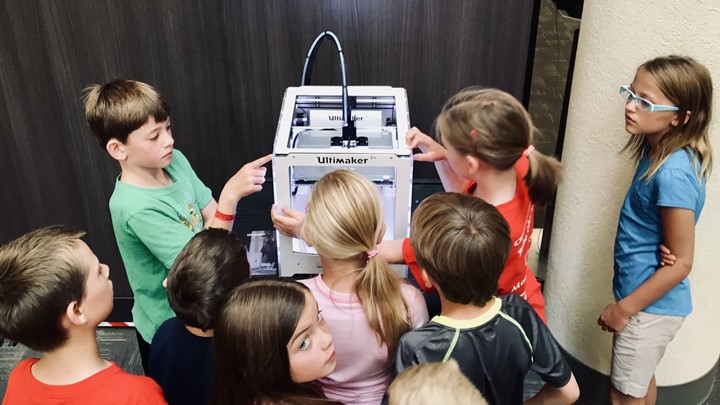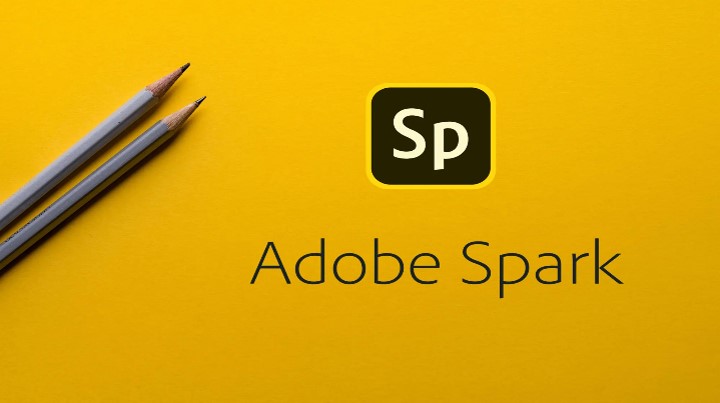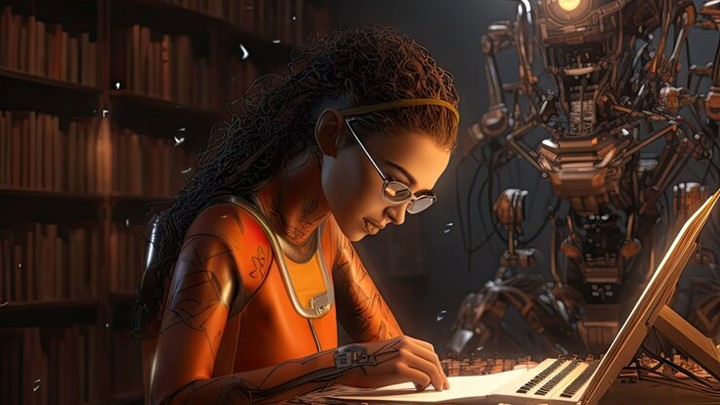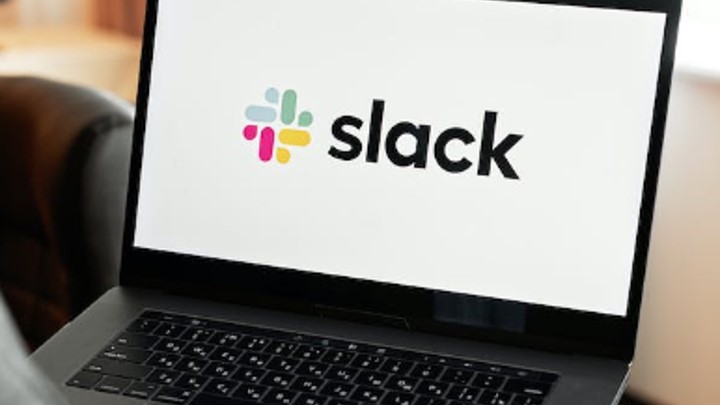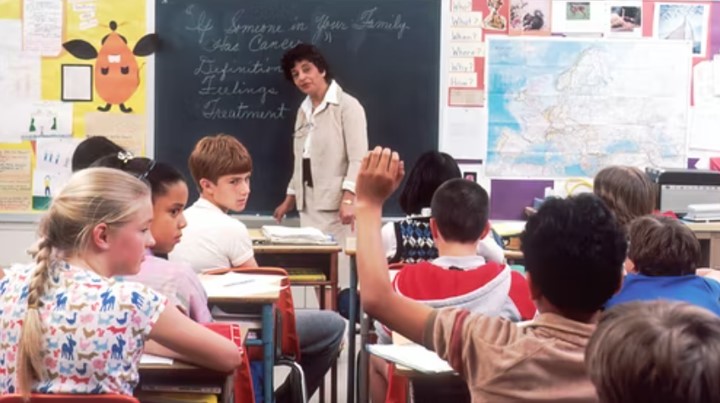Last Updated on May 1, 2024 by Uncle Pat Ugwu
Teachers now serve as information facilitators who lead students on an adventure of self-discovery, rather than as the exclusive source of authority. Imagine entering a classroom full of motivated, involved, and engaged children where the benefits of educational technology are not downplayed.
We are now in the world of flipped classrooms, where the conventional paradigm of lecture and homework is reversed. This creative method lets students learn quickly while using class time for project-based, interactive, and collaborative activities.
As an educational technologist, I have personally experienced the transforming effect of flipped classes. We’ll look at the benefits of flipped classrooms the advantages of this ground-breaking method and how it’s changing the face of education in this article.
What is a Flipped Classroom
A flipped classroom is a teaching method that reverses the typical lecture-homework structure. In a flipped classroom, students first experience lesson materials at home using pre-recorded lectures or readings and then participate in active learning activities in class.
This strategy seeks to boost student engagement, deliver more tailored education, and foster a deeper grasp of lesson materials.
Benefits of Flipped Classroom
1. Increased Student Engagement
As students take charge of their education, flipped classrooms promote active engagement. Students can ensure they understand complex concepts before class by pausing, rewinding, and rewatching lectures they watch at home.
Increased motivation, involvement, and a sense of accountability result from this. Students who are more engaged in their education start to ask more questions, delve deeper into subjects, and adopt a growth mentality. This involvement also results in better attendance, less tardiness, and a more enthusiastic approach to learning.
In addition, flipped classes provide students the freedom to work at their speed and go over the content as many times as necessary. Students can take charge of their education thanks to this autonomy, which helps them develop confidence and self-direction abilities.
2. Personalized Learning
Students can learn at their own pace and go over the content as many times as necessary in flipped classrooms. This individualized method ensures that every student understands the material by accommodating a variety of learning styles. For instance, auditory learners can listen to podcasts, while visual learners can rewatch video courses.
This adaptability lessens frustration and improves comprehension by enabling students to study in a style that works best for them. Every student has the chance to achieve a more inclusive and productive learning environment thanks to this individualized approach.
Also, because flipped classrooms allow teachers to pinpoint areas where students need additional assistance, they may offer targeted support. Teachers can design individualized lesson plans that cater to the requirements and difficulties of each student by utilizing data and analytics.
3. Improved Teacher-Student Interaction
As we said in the introductory part, teachers take on the role of facilitators in flipped classrooms, offering direction and assistance to students as needed. Teachers can concentrate on the needs and difficulties of each student, which results in more meaningful interactions.
Instead of having to lecture, teachers can go around the classroom giving one-on-one help, responding to inquiries, and giving comments. Teachers are better able to identify their students’ strengths, limitations, and learning preferences because of this individualized attention.
Again, teachers can adapt their instruction to match the requirements of their students by using formative evaluations and real-time feedback to provide targeted interventions and scaffolding. Better student outcomes and more efficient instruction result from this.
4. Enhanced Collaboration and Communication
Through group projects, idea sharing, and the development of critical communication skills, students in flipped classrooms are encouraged to collaborate. Students acquire crucial soft skills through group work, including listening, negotiating, and problem-solving.
In addition to fostering a more varied and inclusive learning environment, this collaboration pushes students to examine preconceptions, share viewpoints, and build on one another’s ideas. There are a lot of collaboration tools out there to help students and teachers.
Flipped classes further give students the chance to practice critical communication skills like writing, debating, and presentation. Students learn to express their ideas clearly, stand by them, and take constructive criticism well by working on projects and presenting their findings.
5. Better Retention and Understanding
Students retain information more efficiently when they actively interact with the subject. Students who participate in flipped classrooms apply principles to real-world situations, which fosters greater knowledge.
Students have a more sophisticated comprehension of the subject matter and can recognize links and similarities between concepts as a result of working on projects and activities. As a result, they retain more knowledge since they can apply it to new contexts and remember it more readily.
Flipped classrooms also foster critical and creative thinking in learners, which helps them acquire crucial problem-solving abilities. Students gain the ability to think creatively, approach problems from several perspectives, and come up with original solutions by working on open-ended assignments.
6. Access to High-Quality Resources
High-quality instructional resources that improve learning are made available in flipped classrooms, including podcasts, interactive simulations, and video lessons. These resources make learning interesting and dynamic, facilitating a more enjoyable and approachable understanding of difficult subjects.
On top of that, these materials are frequently produced by subject-matter specialists, giving students access to state-of-the-art information and perspectives. We made a post on the free online learning resources that can help improve students’ abilities.
Moreover, flipped classrooms give educators the chance to choose excellent resources, matching them to students’ needs and learning objectives. By limiting the amount of noise and diversions on the internet, this curation process guarantees that students have access to the greatest materials.
7. Flexibility and Autonomy
Learning is possible for students at any time, anywhere, and at their speed, giving them freedom and flexibility in their academic pursuits. For students who have demanding schedules, jobs, or family obligations, this flexibility is extremely crucial.
Flipped classrooms minimize obstacles and improve accessibility by giving students online access to course materials and activities. This allows students to learn at their own pace.
Additionally, with more freedom to examine topics in-depth, students can follow their interests and gain a more complex comprehension of the material.
8. Preparation for the Digital Age
Students are better prepared for the digital age in which technology and internet resources are essential for success thanks to flipped classrooms. Students gain vital skills in areas like online research, digital citizenship, and technological literacy by utilizing digital tools and platforms.
Flipped classrooms give kids the chance to hone critical abilities like problem-solving, cooperation, and communication. Students learn how to collaborate well in groups, share ideas and criticism, and approach challenging issues with creativity and critical thinking through projects and activities.
In addition to the numerous benefits of flipped classrooms, students can learn important skills in media literacy and cybersecurity. Media literacy is the capacity to distinguish between fake and authentic content. Meanwhile, cybersecurity teaches kids what to share and what not to disclose online, allowing them to traverse the internet safely and ethically.
9. Improved Assessment and Feedback
Flipped classrooms allow teachers to more efficiently assess student learning, provide timely feedback, and alter education to match students’ needs. Teachers can use formative evaluations and real-time feedback to identify areas where students require additional assistance, allowing them to provide focused interventions and scaffolding.
This variety of assessment methods provides a more complete view of student learning, allowing teachers to identify areas of strength and weakness and change instruction accordingly. This results in more effective instruction and improved student outcomes.
Finally, flipped classrooms enable teachers to use a range of assessment methodologies, such as peer review, self-assessment, and project-based evaluations. We also have an article for a student assessment tool that you can employ in your classroom.
Final Thoughts
The benefits of flipped classrooms are understandable. Adopting this innovative approach allows teachers to build interesting, individualized, and effective spaces for learning. As we navigate the challenges of modern education, it is vital to leverage the benefits of flipped classrooms to transform the way we teach and learn.
We also wrote an article on the benefits of distance learning. Join the flipped classroom movement to experience a new era of education in which students are empowered, motivated, and inspired to succeed. You can start by joining our YouTube community.

